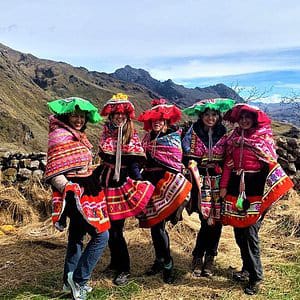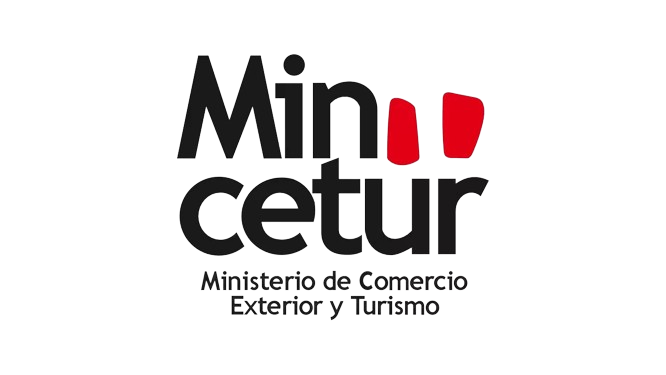
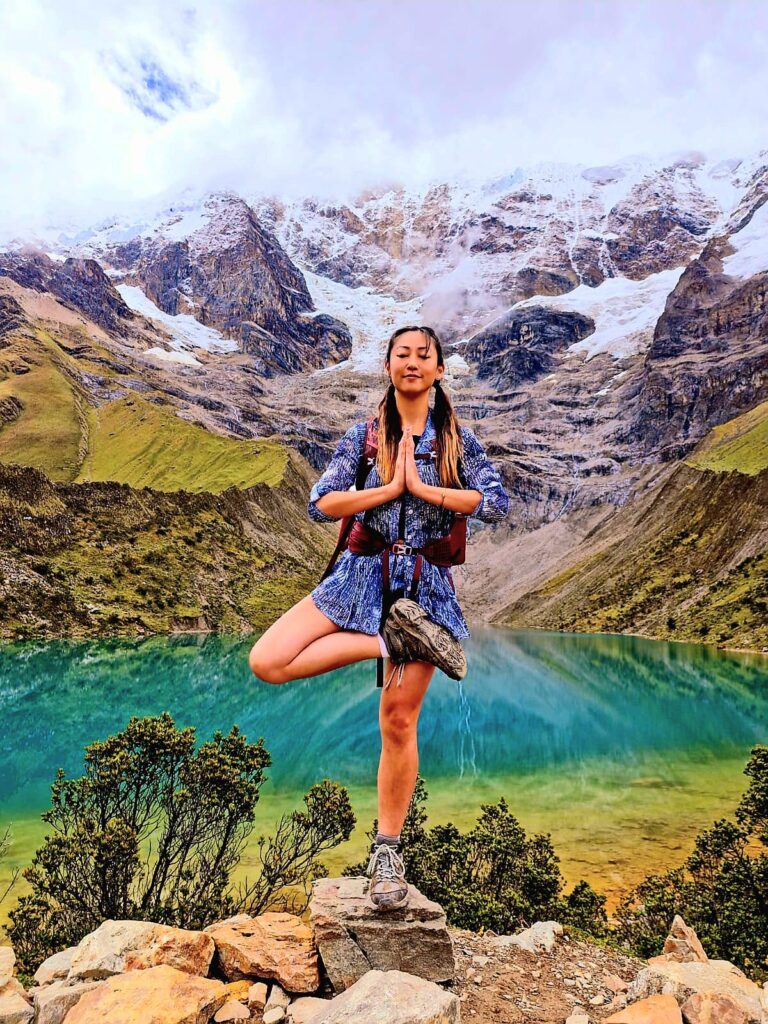

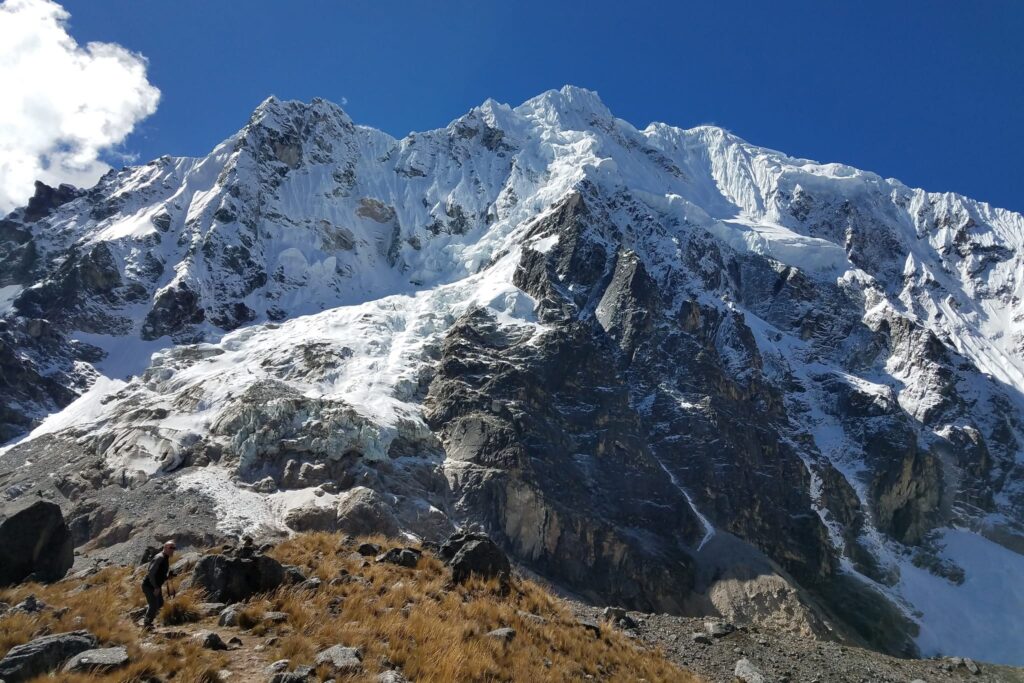
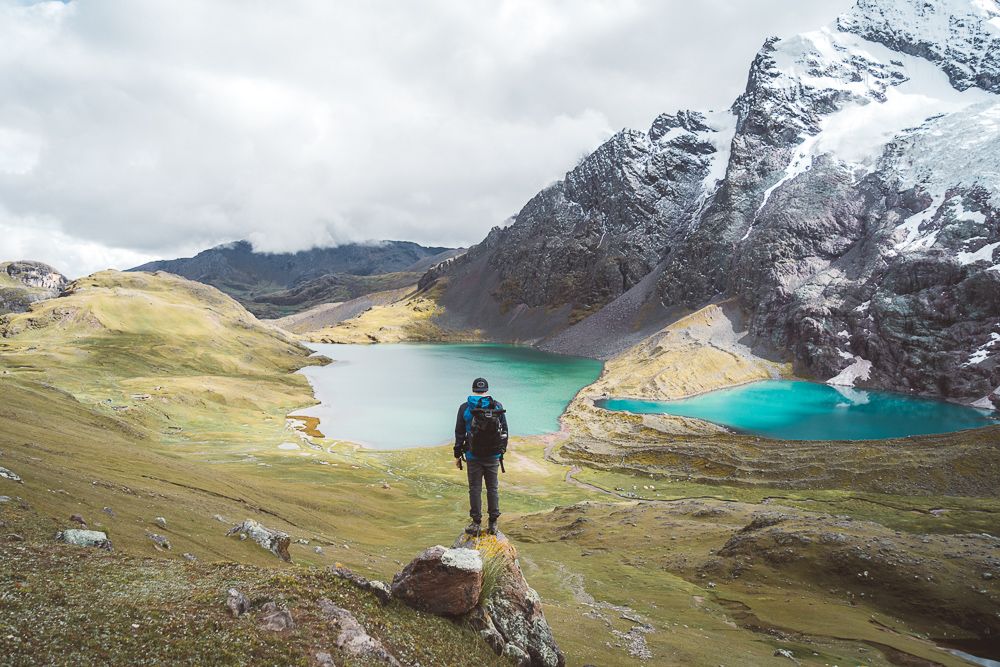
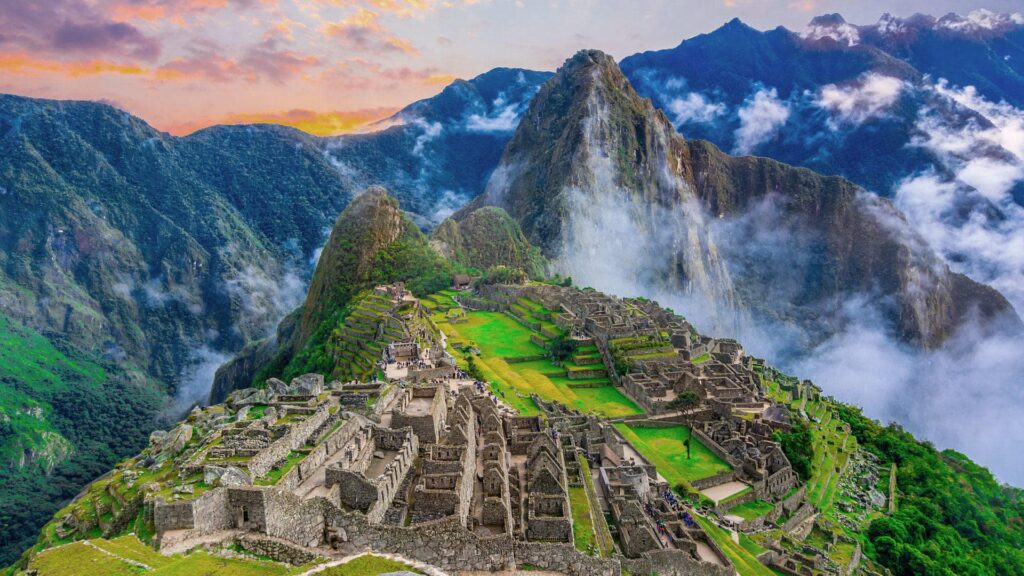
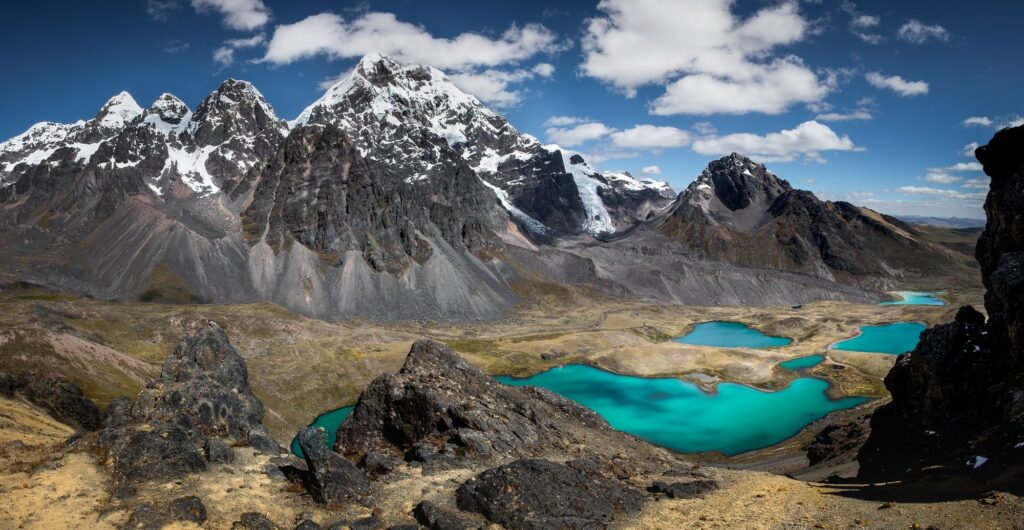
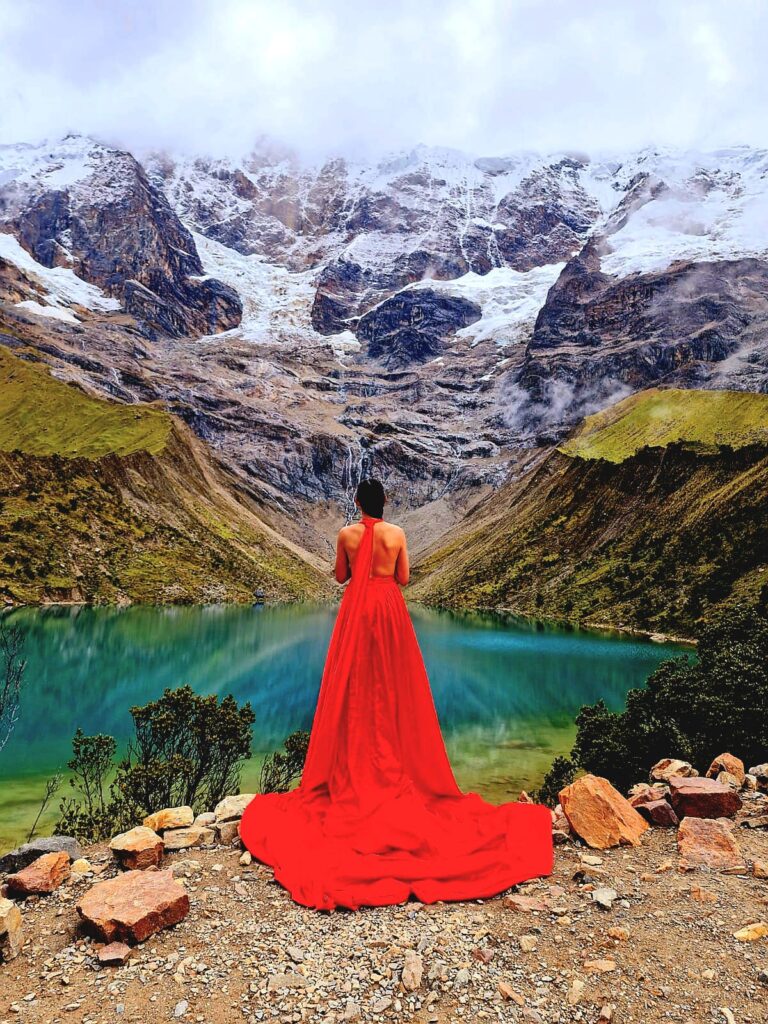
ALTERNATIVE TREKS TO MACHUPICCHU
The Andean civilisations were complex societies made up of various indigenous peoples of South America that developed in the western part of the continent, in the coastal and inter-Andean valleys between the Pacific Ocean and the Amazon. This region was a cradle of civilisation, that is, a space where the complex society originated autonomously from others, such as Mesopotamia and Mesoamerica.1 This cultural complex extended through coastal and mountainous regions of the present-day countries of Peru, Bolivia and northern Chile, and exerted influence in the Ecuadorian Sierra, northwestern Argentina, and southwestern Colombia. The reconstruction of the past of these peoples is mainly based on archaeology due to the lack of written accounts prior to the Spanish conquest. As a result, constant discoveries have led to successive remodelling of this historical reconstruction.2
The earliest known complex societies in this part of the world, the Sechin and Caral, emerged around the 4th millennium BC on the central coast of present-day Peru. During the 13th century B.C., the Chavin culture emerged on the central coast of what is now Peru. BC, the chavín or cupisnique culture spread throughout the coast and the central Andes, giving way after its decline to various regional styles such as those of the paracas, vicús, cajamarca, moche, recuay, lima, pucará, nazca, huarpa and tiahuanaco cultures.
By the 7th century, the influence of the Nazca and Tiahuanaco cultures on the Huarpa, together with local developments in agriculture and irrigation, led to the emergence of the Huari culture as a large urban and militarised state that expanded its dominion over a large part of the region previously influenced by Chavín, except for the Tiahuanacota south. After the fall of Huari and Tiahuanaco in the 10th century, political power fragmented into various lordships with different cultural styles. During this period, the Lambayeques, Chimúes, Chancay, Ichma, Maranga and Chincha developed on the coast, along with the Chachapoyas, Huamachucos, Huancas, Chancas, Collas, Lupacas, Chiribayas and Incas in the highlands. Around 1438, the Inca Pachacuti led the expansion of the Inca Empire as far south as present-day Colombia and northwestern Argentina. The long cultural succession takes an abrupt turn with the Spanish Conquest in the 16th century.
Some of the original achievements of the Andean civilisations are found in the development of crops, irrigation channels, astronomy, architectural techniques, textiles, and accountancy.


